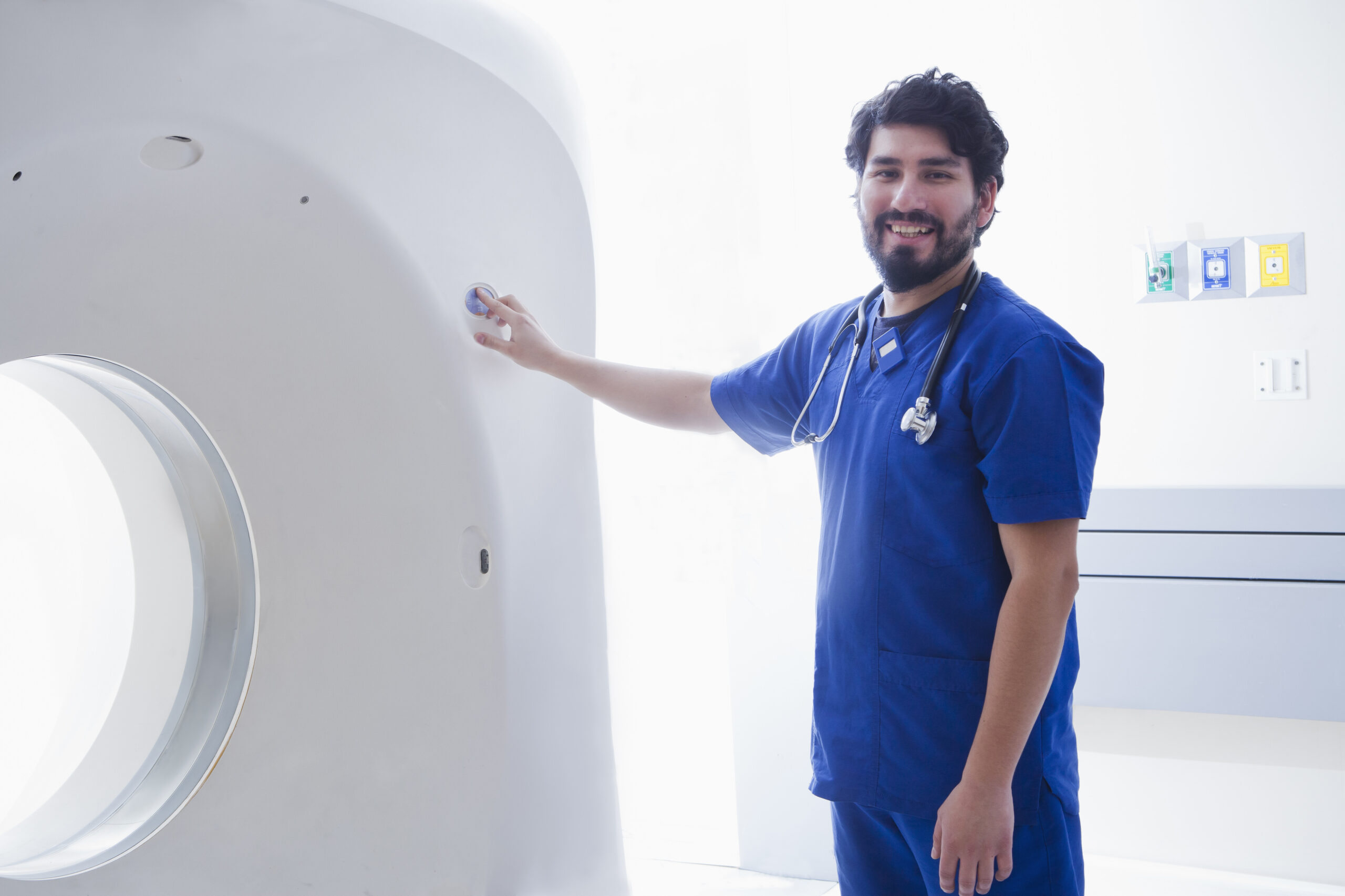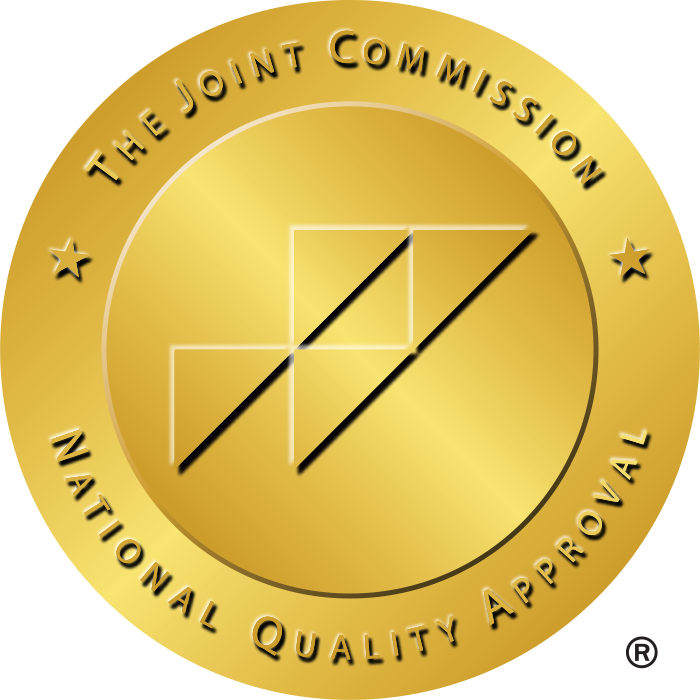The health care field is in the midst of a seismic shift. Advances in technology, changes in patient needs, and global challenges such as aging populations and climate change are reshaping how care is delivered — and by whom. For those in the industry, this evolution represents more than simply a shift — it’s an opportunity to jettison old ideals and lead the way in a world moving forward at a breakneck speed.
Those days, when healthcare could only be delivered by doctors, nurses, and pharmacists, are long gone. Today, the field boasts a wide array of exciting positions that marry medicine with tech, data science, ethics, and even design.
In order to thrive in this new world, however, professionals will have to learn a new set of hard and soft skills, and cultivate an attitude of lifelong learning. Here is a brief overview of the most promising emerging roles that can become a game changer in the future of health care, and the skill set you will need to get ahead.
The Rise of New Healthcare Roles
As healthcare becomes more personalized, tech-driven, and interconnected, entirely new career paths are emerging. These roles bridge gaps between disciplines, address systemic inefficiencies, and prioritize preventive care over reactive treatment. Here are a few standout examples:
1. AI Healthcare Specialists
Artificial intelligence (AI) is transforming diagnostics, treatment planning, and patient monitoring. But adding AI into the practice of health care is not as easy as just loading up some software.
Enter AI healthcare specialists — professionals who blend medical expertise with technical know-how to create, deploy, and monitor AI tools. These professionals help make sure that algorithms are ethical, accurate, and aligned with clinical goals.
For example, an AI specialist could work with radiologists to create a tool to identify tumors in MRI scans (at the very early stage) and therefore minimize diagnostic errors.
2. Telehealth Coordinators
While the pandemic sped up the pace of telehealth adoption, virtual care is here to stay. Telehealth coordinators are the backbone of such remote healthcare systems. They automate workflows, train employees on digital systems, and maintain compliance with privacy laws. Outside of logistics, they also aim to refine the patient experience — for example, spotting access issues in rural communities or creating user-friendly interfaces for older patients.
3. Genetic Counselors and Precision Medicine Experts
Now that genomics is integral to treatment plans, demand is surging for professionals who can interpret genetic information and advise patients on its implications. Genetic counselors provide risk assessment for heritable diseases, and precision medicine specialists customize therapies to an individual’s genetic makeup.
These positions demand not just scientific expertise but also compassion, since they are about addressing discussions about emotionally charged, life-altering news.
4. Healthcare Data Ethicists
With the advent of electronic health records and AI, issues of data privacy and ethical dilemmas are front and center. Healthcare data ethicists wrestle with questions such as: Who owns patient data?
Do you have a concise summary of how algorithms can be bias-free? These professionals are working at the intersection of law, philosophy, and technology, ensuring that innovations honor patient autonomy and equity. Their voices are important as hospitals and tech companies chart the uncertain waters of data usage.
5. Community Health Innovators
Healthcare is extending beyond the walls of the hospital. Community health innovators create programs to address social determinants of health — housing, nutrition, and education.
They may team up with local governments to cut asthma rates in polluted neighborhoods or spring mental health programs for underserved populations. This position requires creativity, cultural awareness, and keen knowledge of public health principles.
Skills for the Next Generation of Healthcare
While technical prowess is essential, the future of healthcare hinges on a balanced skill set that marries innovation with humanity. Here’s what professionals need to cultivate:
1. Data Literacy
Healthcare runs on data. Be it analysis of patient outcomes or optimization of supply chains, you simply cannot do without being able to interpret datasets. That doesn’t mean everyone must become a data scientist, but the basics — predictive analytics, data visualization, the limits of AI, and so on — will be vital.
For instance, nurses may use data to track infection patterns; administrators may use it to minimize wait times.
2. Technological Agility
From robotic surgery aides to blockchain-based health records, technology is pervading every field in healthcare. Professionals need to remain curious about emerging trade tools and nimble enough to learn them rapidly.
Physical therapists who use virtual reality for rehabilitation, or pharmacists who coordinate drone shipments of medications, will need to find ways to integrate tech into their workflow.
3. Interdisciplinary Collaboration
The siloed approach of healthcare is falling apart. Future roles will demand interdisciplinary collaboration — engineers alongside doctors, designers alongside nurses.”
That means sharpening communication skills and learning the “language” of related fields. For example, a clinical researcher who is developing a new drug has to be able to communicate findings to marketers, policymakers, and A.I. developers.
4. Cultural Competence and Empathy
With healthcare being globalized, being socioculturally sensitive is a great contribution towards healing. Cultural competence encompasses more than just language barriers; it’s understanding how beliefs, traditions, and socioeconomic factors shape health behaviors. Empathy, similarly, is irreplaceable, even for tech-heavy jobs. A robot can give a vaccine, but a human is needed to assuage a patient’s fears.
5. Systems Thinking
The complexity of health care requires professionals able to take a holistic perspective. Systems thinking is how we understand individual actions to affect entire organizations and communities.
For example, a hospital administrator could redesign workflows to limit staff burnout, or a public health official could model how different vaccination rates would impact the spread of disease in the region.
Preparing for the Future: Steps to Take Now
The healthcare landscape of 2030 will look vastly different from today’s—but preparation starts now. Here’s how to position yourself for success:
1. Invest in Continuous Learning
What you learn in school is only the start. Certifications in those emerging fields: health informatics, artificial intelligence ethics, and telehealth management.
Now, online platforms like Coursera and edX make courses from top universities available for a fraction of the price. Even reading industry journals or attending webinars for half an hour a day can help to keep you up to speed.
2. Build a Hybrid Skill Set
Blend your domain expertise with cross-disciplinary knowledge. For example, A nurse could study UX design to improve patient portals; a hospital IT specialist could take courses in health care policy.
The idea is to become a “T-shaped professional” — deeply competent in one domain but knowledgeable across others.
3. Network Strategically
Network with professionals through LinkedIn or join professional associations and attend conferences (virtual or physical). Networking isn’t only about job opportunities — it’s about exchanging ideas with your peers in tech, public health, and entrepreneurship. And you can’t ever know when a casual exchange will yield a career-changing insight.
4. Embrace Technology Early
Don’t wait for your employer to require new tools. Play with AI-based diagnostics apps, try your hand at VR training modules, or get to know wearable health tech. The first adopters get ahead of the competition and become trendsetters.
5. Advocate for Equity
The future of health care needs to be inclusive. Fit people — or, if you’re designing an app, a patient — to these, ensure you’re considering accessibility for marginalized groups. Advocate for policies that fill gaps in care and for education in health equity principles.
A Call to Adapt and Innovate: The Future of Healthcare Careers
So the future of careers in healthcare is bright and demanding. New roles provide opportunities to enact change, but they need an impetus for skills and stepping outside professional boundaries. There will be room for success for those who pair technical competence with emotional intelligence, curiosity, and an equity mindset.
As the industry changes and advances, keep this in mind: Healthcare, first and foremost, is a human business. Technology and data are the tools, but compassion and innovation are the lifeblood. By maintaining flexibility, collaboration, and patient focus, professionals can not only adapt to the upcoming shifts but drive them — creating a healthier future for all.
Now is the time to act. The decisions we make today are paving the way for the healthcare landscape of tomorrow. Will you help it take on its new form?







